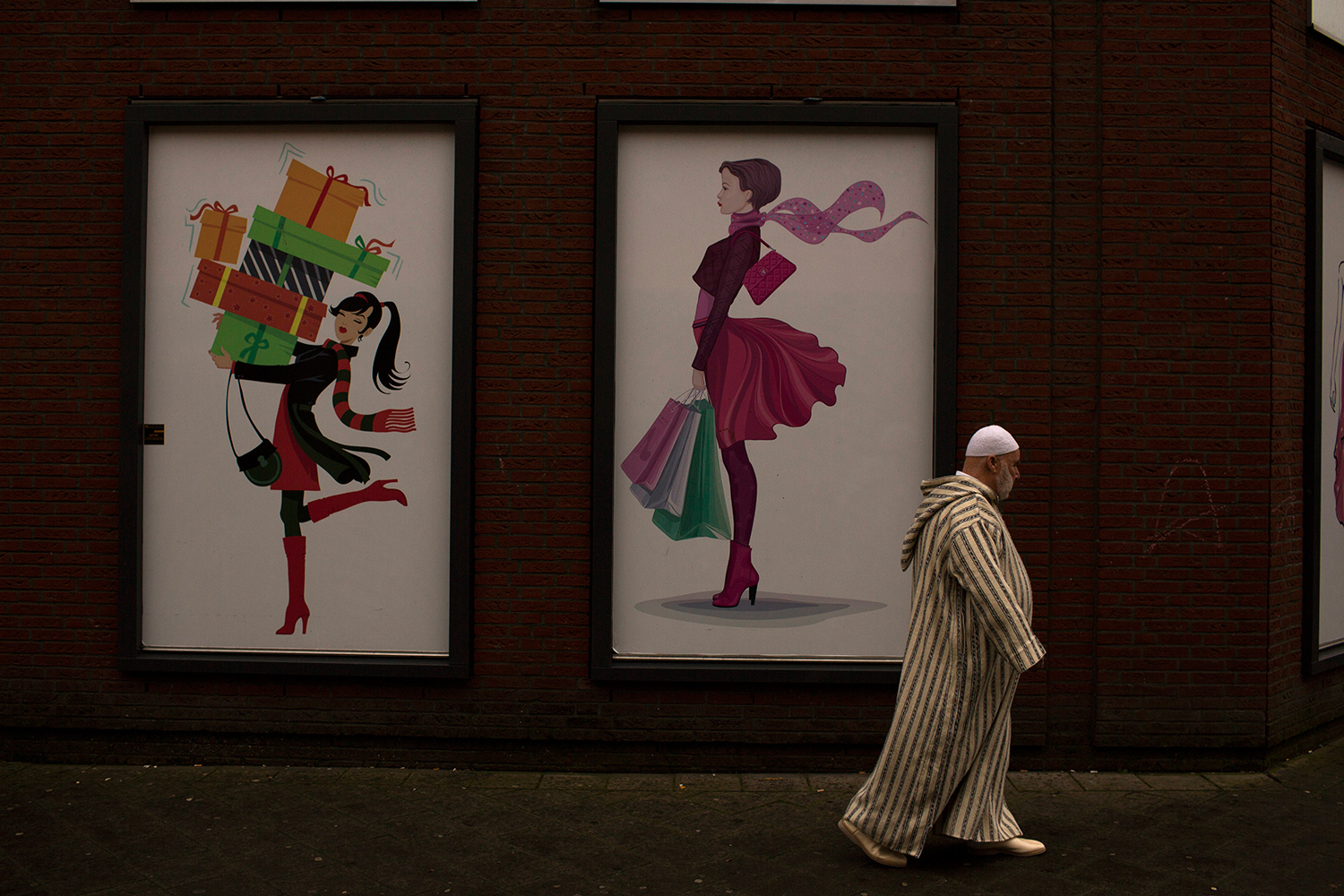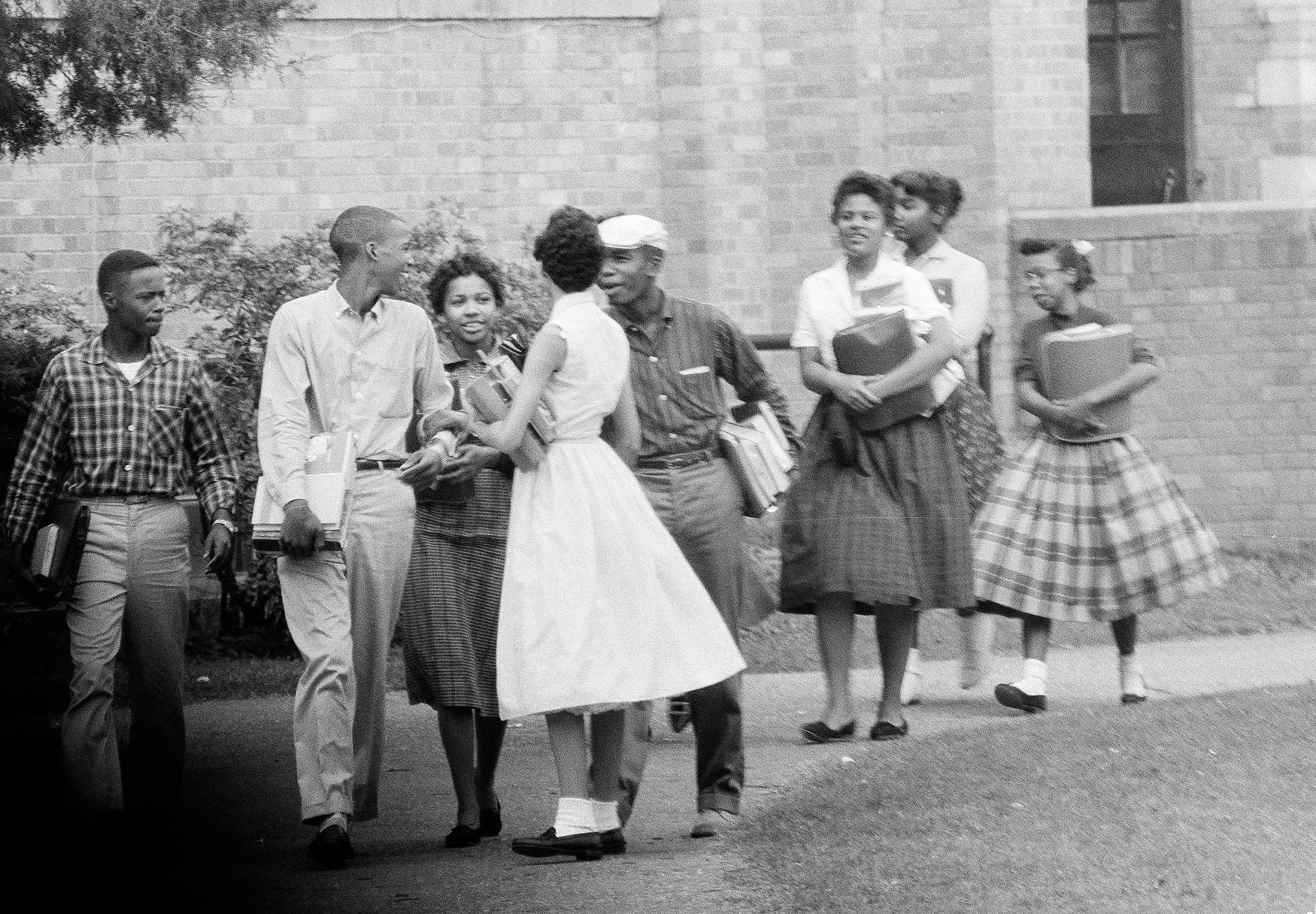Back to bomb shelters? North Korea threats revive nuke fears

After the Soviet Union collapsed in 1991, the era of nuclear nightmares — of the atomic arms race, of backyard bomb shelters, of schoolchildren diving under desks to practice their survival skills in the event of an attack — seemed to finally, thankfully, fade into history.
Until now.
For some baby boomers, North Korea’s nuclear advances and President Donald Trump’s bellicose response have prompted flashbacks to a time when they were young, and when they prayed each night that they might awaken the next morning. For their children, the North Korean crisis was a taste of what the Cold War was like.
“I’m not concerned to where I can’t sleep at night. But it certainly raises alarms for Guam or even Hawaii, where it might be a real threat,” said 24-year-old banker Christian Zwicky of San Bernardino, California.
People of his parents’ generation were taught to duck and cover when the bombs came.
“Maybe those types of drills should come back,” Zwicky said.
In this May 26, 1951 photo, a radiological team checks a "bombed" area for radiation after a simulated atomic bombing in Utica, N.Y. (AP Photo/Arthur Z. Brooks)
He isn’t old enough to remember the popular 1950s public service announcement in which a cartoon character named Bert the Turtle teaches kids how to dive under their desks for safety. But Zwicky did see it often enough in high school history classes that he can hum the catchy tune that plays at the beginning. That’s when Bert avoids disaster by ducking into his shell, then goes on to explain to schoolchildren what they should do.
“I do remember that,” says 65-year-old retiree Scott Paul of Los Angeles. “And also the drop drills that we had in elementary school, which was a pretty regular thing then.”
Even as a 10-year-old, Paul said, he wondered how much good ducking under a desk could do if a bomb powerful enough to destroy a city fell nearby. No good at all, his teacher acknowledged.
In this Sept. 12, 1958 photo, Beverly Wysocki, top, and Marie Graskamp, right, emerge from a new family-type bomb shelter on display in Milwaukee, Wis. (AP Photo)
Then there were backyard bomb shelters, which briefly became the rage during the missile crisis of 1962, when it was learned the Soviets had slipped nuclear-tipped missiles into Cuba and pointed them at the United States.
After a tense, two-week standoff between President John F. Kennedy and Soviet leader Nikita Khrushchev that some believe brought the world the closest it’s ever come to nuclear war, the missiles were removed and the shelters faded from public interest.
Now they, too, seem to be having a revival.
“When Trump took office it doubled our sales, and then when he started making crazy statements we got a lot more orders,” says Walton McCarthy of Norad Shelter Systems LLC of Garland, Texas. “Between now and a year ago, we’ve quadrupled our sales.”
His competitor, California-based Atlas Survival Shelters, says it sold 30 shelters in three days last week. During its first year in business in 2011 it sold only 10.
In this Jan. 25, 1951 file photo, students at Thomas Jefferson elementary school kneel in the hallway during an air raid drill being practiced by public schools in Baltimore. (AP Photo)
Bill Miller, a 74-year-old retired film director living in Sherborn, Massachusetts, thinks these days are more nerve-wracking than the standoff in October 1962.
“I think it’s much, much crazier, scarier times,” he said. “I think the people who were in charge in the Kennedy administration had much more of a handle on it.”
Nathan Guerrero, a 22-year-old political science major from Fullerton, California, agrees, saying he learned in history class that the “shining example” of a way to resolve such a conflict was how Kennedy’s brother and attorney general, Robert Kennedy, brokered the tense negotiations.
“But knowing the way the current administration has sort of been carrying itself, it doesn’t look like they are keen to solving things diplomatically,” he said.
“As a young person, honestly, it’s pretty unsettling,” he continued.
In this Sept. 7, 1961 photo, bomb shelter manufacturer engineers Vincent Carubia, left, and Eward Klein study specifications for a fiber glass dome shelter being installed on an estate in Locust Valley, N.Y. (AP Photo)
Had he given any thought to building a backyard bomb shelter?
“I’d be lying if I said such crazy things haven’t crossed my mind,” he said, laughing nervously. “But in reality it doesn’t strike me as I’d be ready to go shopping for bunkers yet.” Instead, he studies for law school and tries “not to think too much about it.”
Other Americans are more sanguine about the possibility of nuclear war. Rob Stapleton has lived in Anchorage, Alaska, since 1975, and he is aware that Alaska has been considered a possible target because it is within reach of North Korean missiles.
“There’s been some discussion about it around the beer barrel and I’m sure the United States is taking it seriously, but we’re not too concerned around here,” he said.
Alaska is so vast and spread out, said Stapleton, that he and his friends can’t imagine why North Korea would waste its time attacking The Last Frontier.
“I mean sure you’d be making a statement, but you’d not really be doing any damage.”
In this March 23, 1951 file photo, two styles of bomb shelters are shown for sale at Bomb Shelter Mart in Los Angeles. (AP Photo/Don Brinn)
Civil Defense director George M. Phillips of the Atlanta, Ga., area, illustrates he use of a "flash dial", a simple wooden disc, 36 inches in diameter, created to spot the heart of any atomic explosion within a matter of minutes, in Atlanta, June 16, 1951. The disc has a center pole which casts a "shadow" when heat waves from an atomic blast sear the surface of the wood. (AP Photo/Horace Cort)
In this Nov. 21, 1951 picture, sixth grade students crouch under or beside their desks along with their teacher, Vincent M. Bohan, left, as they act out a scene from the Federal Civil Defense administration film "Duck and Cover" at Public School 152 in the Queens borough of New York City. Even before the March 11 earthquake and resulting tsunami that led to the Japanese nuclear crisis, Americans were bombarded with contradictory images and messages that frighten even when they try to reassure. It started with the awesome and deadly mushroom cloud rising from the atomic bomb, which led to fallout shelters and school duck-and-cover drills. (AP Photo/Dan Grossi)
In this Jan. 29, 1962 photo, the Spalding family, left, and the Richmond family demonstrate how people of the town would sit out a nuclear attack and its radioactive aftermath in Los Alamos, N.M., birthplace of the atomic and hydrogen bombs. (AP Photo)
In this Jan. 19, 1959 photo, Pfc. Warner Bitterman, left, watches as Army chief chemical officer Maj. Gen. Marshall Stubbs, center, checks new civilian gas mask being worn secretary Margaret Francis at his Pentagon office in Washington. (AP Photo)
Mannequins that represent a typical American family, will soon experience the fury of an atomic blast with the power of 40,000 tons of TNT, at Yucca Flats, Nev., April, 24, 1955. The test is being conducted to determine the survival chances of an atomic attack. Through the picture window is the tower 4700 feet away on which the detonation will occur. (AP Photo/Dick Strobel)
In this April 28, 1961 photo, a dog sits near a police officer in the middle of an empty Times Square during a 10-minute civil defense test air raid alert in New York. For some baby boomers, North Korea's nuclear advances and the Trump administration's bellicose response have prompted flashbacks to a time when they were young, and when they prayed each night that they might awaken the next morning. For their children, the North Korean crisis was a taste of what the Cold War was like. (AP Photo/Bob Goldberg)
Text from the AP news story, Back to bomb shelters? North Korea threats revive nuke fears, by John Rogers.
Visual artist and Journalist





